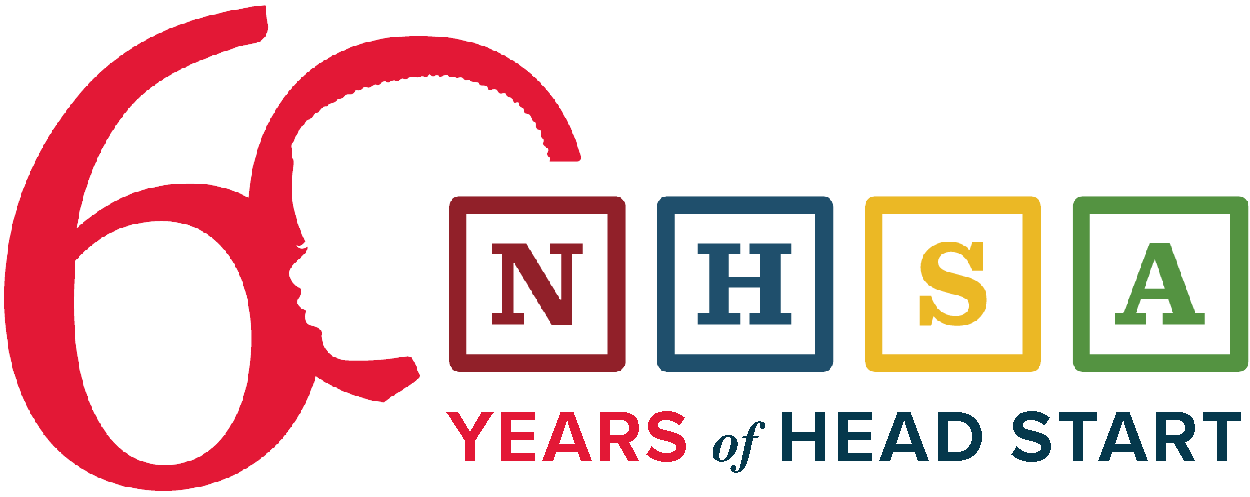The lack of affordable high-speed internet exacerbates opportunity gaps and contributes to inequities. Federal and local governments are address the digital divide. Unfortunately, while the government can create far-reaching change, it is slow-moving. Based on my 30 years in information technology-including my role as NHSA’s Chief Information Officer-here are three ideas Head Start programs can try to spur local results.
1. Launch a Guest Network for Your Families
This is probably the lowest hanging fruit for Head Start programs. Most modern wireless routers have the capability to create a separate guest network with or without registration or authentications. I would advocate their use wherever programs serve populations facing a digital divide.
Guest networks can help families apply for jobs online, respond to emails, and engage in other economic advancement activities. For parents who are mobile-only, you can offer an iPad, computer kiosk, or other non-smartphone device to access the internet. Two critical considerations: 1) what times of day to offer access and 2) how to allocate bandwidth.
Beyond guest networks, Head Start programs can also add more WiFi routers that are accessible in other public places. Parks and business associations are perfect funders for these. There is even the possibility of self-funding through sponsorship and advertising opportunities. Head Start programs also have the power to encourage community partners, such as churches, food banks, and others, to offer internet access.
3. Engage with Non-Traditional Internet Service Providers
In more rural communities, the best intentions to expand internet access often fall flat when the infrastructure isn’t there to support it. I come from a small city in Arkansas where the electric cooperative made the decision to install network power meters. To do so, they had to run networking cable to every meter. They had the foresight to see an opportunity and run fiber-optic cable, which solved the ongoing last mile problem of reaching households.
The opportunity for Head Start programs here is to ask what your local utility is doing to best meet families’ needs. Our cooperative in Arkansas served a very rural part of the state and were able to make the business case-there should be no reason why others can’t do the same.
On a more ambitious note, the cost to become your own Wireless ISP (WISP) has become less expensive every year. Mounting antennas to appropriate structures no longer has the high technological or cost factors associated with them. Community wireless broadband internet is infinitely doable on small budgets, even for Head Start programs.
3. Engage in Local Advocacy for High-Speed Internet
In many communities the big cable companies enter into negotiated franchise agreements with cities. There is good reason to argue these contracts set aside some resources to help reduce the digital divide. Beyond negotiating franchise agreements, many mayors are supportive of closing the digital divide and they enter into contracts to enhance connectivity across key public and community institutions, such as public housing complexes, schools, libraries, community centers, and Head Start programs.
You can learn more about supportive mayors to partner with through Next Century Cities’ local official finder. Reaching out to your mayor’s office is a good first step to see if they are thinking about inclusion of families with low-incomes and early childhood programs.
There is no comprehensive list of digital inclusion coalitions. You can explore local efforts or find your local coalition by searching your local news or asking community partners. There may also be statewide initiatives that intersect with local planning, such as Verizon’s digital access partnership with the Georgia State Department of Education (and 10 other states) to expand connectivity for mobile hotspots, smart phones, laptops, etc., available to eligible recipients through state agencies, political subdivisions, and non-profit organizations.
In the technological age we live in, equitable access to high-speed internet is essential to preparing children for success in school. Among the many ways you serve children.
This resource was written by Tim Oppenheim, NHSA’s Chief Information Officer.
Related Content
